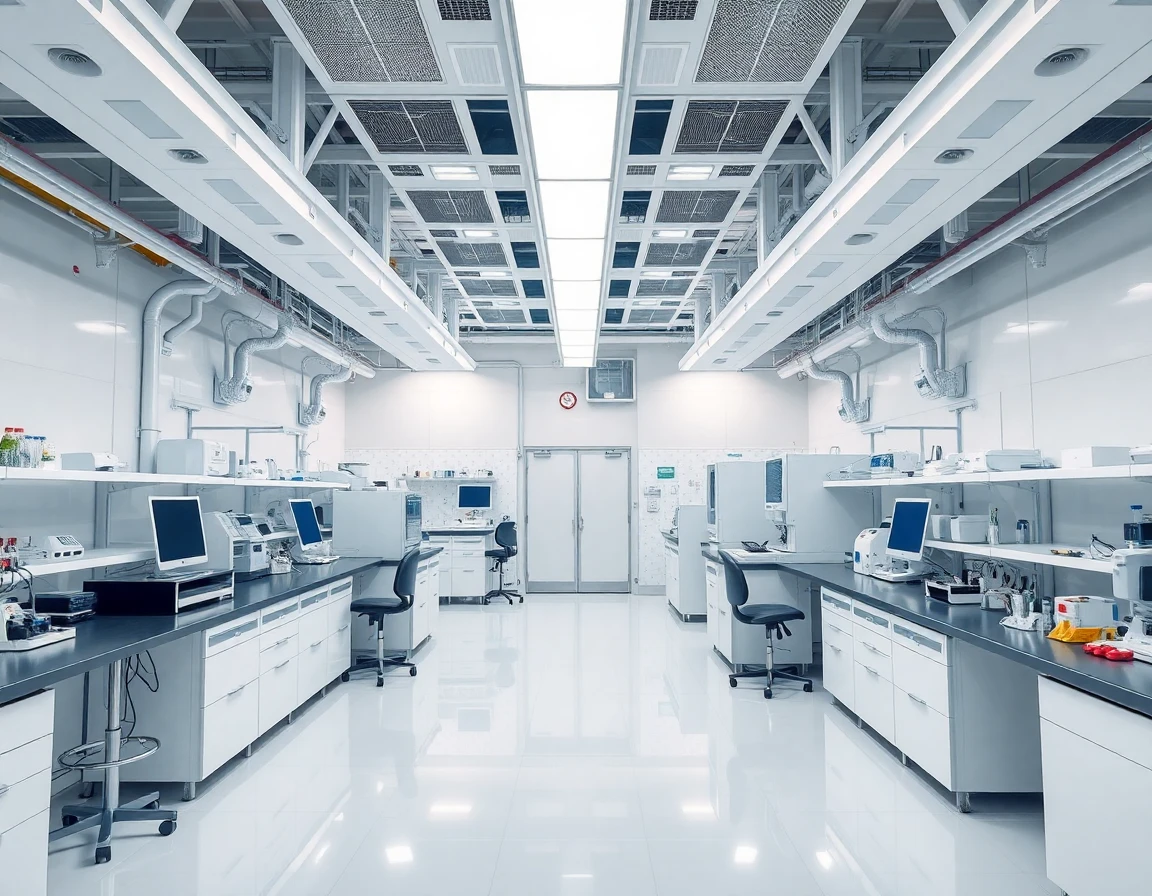As the International Space Station (ISS) approaches the end of its operational life, the private sector is making significant strides in the development of commercial space stations. This shift not only promises to create new opportunities for scientific research and technology development but also heralds a new era of space exploration.
The Need for Commercial Space Stations
The ISS has long served as a unique laboratory for scientific research and international cooperation in space. However, with its infrastructure aging and the increasing costs of maintaining it, space agencies worldwide are recognizing the need for alternatives.
According to Dr. Sarah Wexler, a leading aerospace engineer at Space Dynamics Lab, “The transition to commercial space stations is crucial. They will not only extend the life of human presence in low Earth orbit but also provide a platform for innovations in various fields, including biotechnology, materials science, and even robotics.”
Key Players in the Commercial Space Station Market
Several companies have emerged as key players in the commercial space station arena:
- Axiom Space: Planning to launch the world’s first commercial space station by 2024, Axiom aims to provide services like research and manufacturing in microgravity.
- Blue Origin: Founded by Jeff Bezos, Blue Origin is working on its Orbital Reef project, envisioned as a mixed-use business park in space.
- Nanoracks: With its Starlab initiative, Nanoracks aims to create a commercial space station that can support research and manufacturing.
These companies are leveraging advancements in satellite-communication technologies, which are essential for maintaining communication between Earth and orbiting stations, as well as for data transmission from onboard experiments.
Technical Innovations Driving Development
The development of commercial space stations is not just about launching a structure into orbit; it involves complex systems that ensure safety, precision, and functionality. Key technical elements include:
- Thermal Management Systems: Essential for maintaining operational temperatures in the harsh environment of space.
- Inertial Navigation Systems: These systems provide precise guidance for maneuvering the station in orbit, ensuring stability and accurate positioning.
- High-Precision Advanced Control Systems: For instance, the High-Precision Linear Electric Actuator (Model: XZ60D200) offers high-precision control necessary for various robotic applications on the space station.
Dr. James Houghton, a prominent researcher in space robotics, notes, “The integration of high-precision control systems will enable commercial space stations to perform complex tasks autonomously, reducing the need for human intervention and enhancing operational efficiency.”
Potential Impacts on Science and Industry
The rise of commercial space stations is expected to have far-reaching impacts on scientific research and industry. The opportunities for conducting experiments in microgravity could lead to breakthroughs in medicine, materials science, and technology.
For instance, experiments on protein crystallization in microgravity could significantly advance pharmaceutical development. In addition, manufacturing high-quality materials that are difficult to produce on Earth could boost industries ranging from aerospace to electronics.
Moreover, commercial space stations could serve as hubs for educational programs, offering students and researchers the chance to conduct experiments in space, thus inspiring the next generation of scientists and engineers.
Looking to the Future
As we look forward, the development of commercial space stations is poised to transform not only how humans live and work in space but also how we view space exploration as a whole. With the involvement of private companies, there is a potential for increased investment and faster technological advancements.
However, challenges remain, including the need for robust safety standards and sustainable practices in orbit. Collaboration between government space agencies and private enterprises will be essential to overcoming these hurdles and ensuring the success of commercial space stations.
In conclusion, as the ISS phases out, the future of commercial space stations looks promising. With the right investments and innovations, these new platforms could redefine our approach to space exploration and open up unprecedented opportunities in science and industry.
For more information on the latest advancements in commercial space stations and related technologies, visit NASA and the websites of key industry players.
References
-
commercial space station Research - defensenews.com (defensenews.com)
-
commercial space station Research - aviationweek.com (aviationweek.com)
-
commercial space station Research - spacenews.com (spacenews.com)



